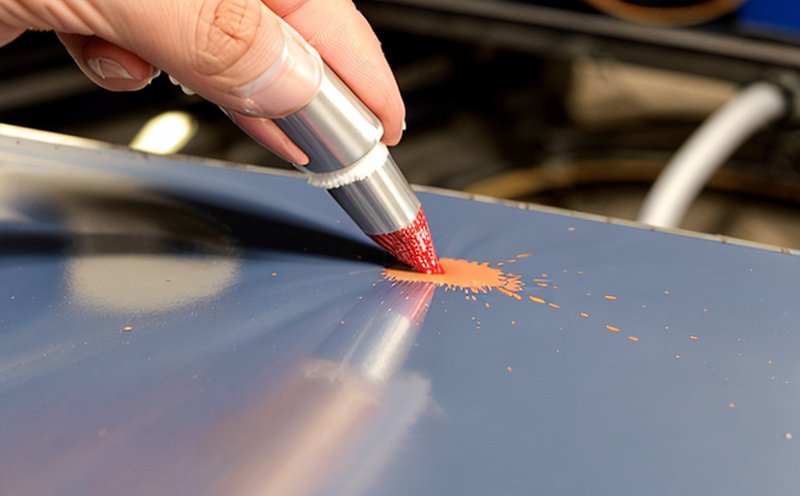BS EN 438 High Pressure Laminates for Furniture Surface Durability Testing
The BS EN 438 standard is pivotal in ensuring high-quality surface durability of furniture made from high-pressure laminates. This standard applies to the production and testing of these materials, which are widely used in various sectors including office furniture, home furnishings, and retail displays.
High-pressure laminates are composite panels that consist of a core layer of paper or wood fiber bonded with resin under pressure and heat. The surface coating provides aesthetic appeal and durability, making it essential to test these surfaces for longevity and resistance to wear and tear. This testing ensures the furniture meets stringent quality standards, enhancing customer satisfaction and product longevity.
The BS EN 438 standard covers several aspects of high-pressure laminate testing, including:
- Physical properties such as thickness, density, and moisture content
- Surface characteristics like gloss, color fastness, and scratch resistance
- Durability tests to simulate real-world usage conditions
The durability testing is particularly critical for high-pressure laminates used in furniture. These surfaces are exposed to various environmental factors and mechanical stresses during use. The BS EN 438 standard provides specific procedures to assess the resistance of these surfaces against abrasion, impact, and chemical exposure.
One of the key tests under this standard is the high-pressure water jet abrasion test, which simulates wear from cleaning activities. Another important test is the impact resistance test using a steel ball, designed to mimic dropping objects on the surface. Additionally, there are tests for chemical resistance and heat aging.
For accurate testing, the specimens must be prepared carefully according to the standard's specifications. This involves cutting samples that accurately represent the intended use of the laminate. The testing environment is also crucial; it should be controlled to ensure consistent results.
Applied Standards
The BS EN 438 standard is part of a broader set of regulations that govern the quality and durability of high-pressure laminates. This standard specifically addresses the surface coatings and finishes, which are critical to the performance and longevity of furniture made from these materials.
Other relevant standards include ISO standards such as ISO 12037 for coating thickness measurement and ISO 4629 for gloss testing. These standards complement BS EN 438 by providing additional metrics that help in evaluating the quality of high-pressure laminate surfaces.
The application of these standards ensures that furniture manufacturers can produce products that meet international quality benchmarks, enhancing their reputation and market competitiveness. Compliance with such standards also reduces the risk of product failures and recalls, saving time and resources for manufacturers.
Benefits
- Enhanced Quality Assurance: By adhering to BS EN 438, furniture manufacturers can ensure that their products meet the highest quality standards, leading to consistent performance and reliability.
- Increased Market Competitiveness: Compliance with international standards enhances a manufacturer's reputation, making it easier to gain market share and attract discerning customers.
- Reduction in Product Failures: Rigorous testing under BS EN 438 helps identify potential issues early, reducing the likelihood of product failures that can damage brand reputation and customer trust.
- Increased Customer Satisfaction: Products that meet rigorous standards are more likely to perform well over time, leading to higher customer satisfaction and loyalty.
Customer Impact and Satisfaction
The implementation of BS EN 438 has a significant positive impact on both the manufacturer and the end-user. For manufacturers, compliance with this standard ensures that their products are of high quality and meet international standards, which can enhance brand reputation and market position.
For customers, the benefits are equally important. High-quality furniture made from materials tested according to BS EN 438 is more durable, aesthetically pleasing, and resistant to wear and tear. This results in longer product life cycles, reducing the need for frequent replacements and maintenance costs.
The standard also ensures that products are safe and environmentally friendly, which is increasingly important for eco-conscious consumers. By choosing furniture that meets these standards, customers can be assured of a high-quality investment that will last for years to come.





